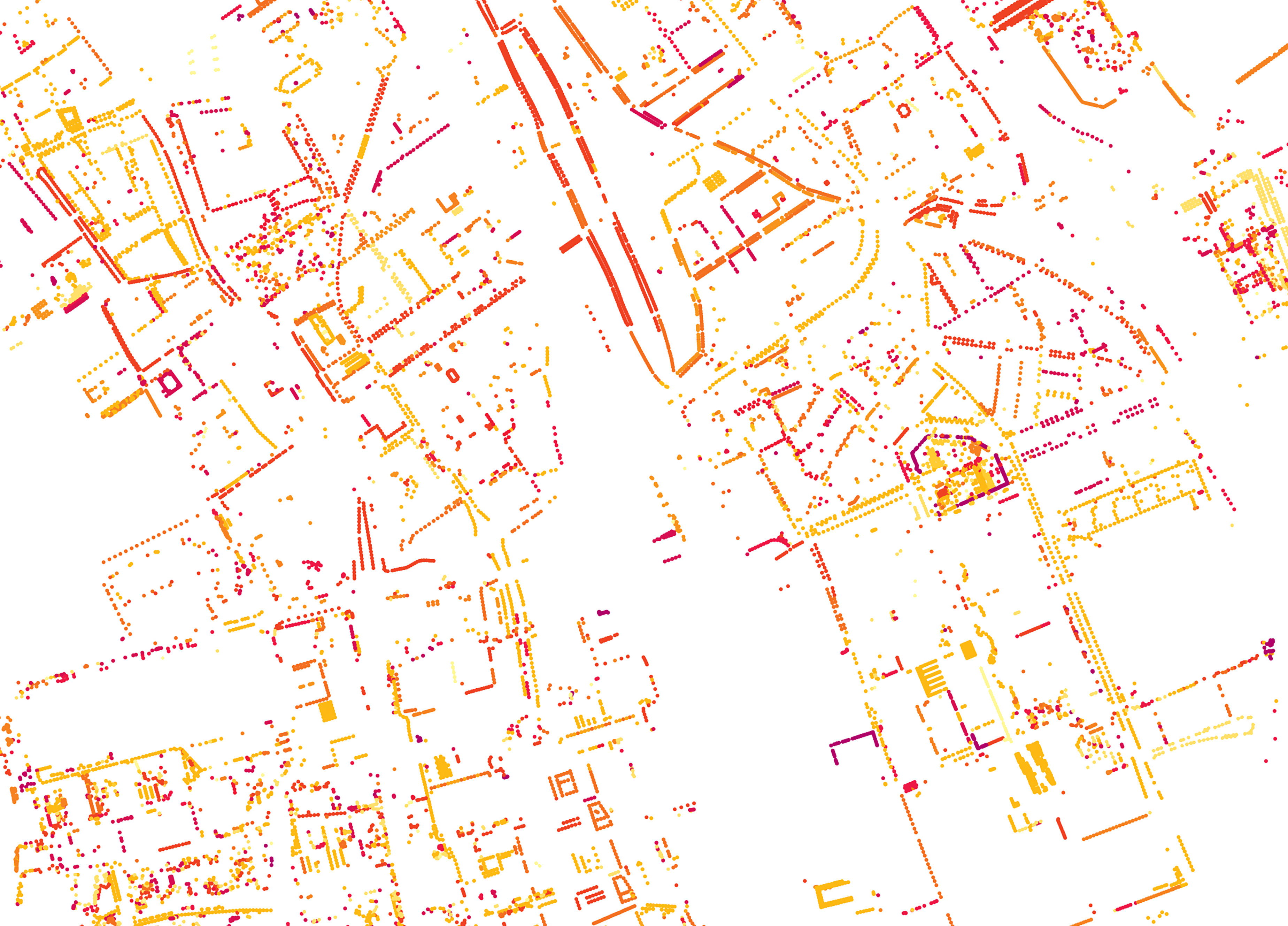arboriculture and urban forestry
Arboriculture & Urban Forestry (AUF) is the International Society of Arboriculture’s flagship research publication. In print since 1975, this Open Access journal publishes high-quality research results on the selection, establishment, culture, maintenance, and function of individual trees, as well as on the structure, function, and management of forests in and around human settlements. The journal is published by ISA as a service to the worldwide profession of arboriculture.
how trees shape urban spaces
The field of urban forestry encompasses many dimensions, of which that of visual-spatial perception, addressing the spatial relationship between city and trees, has received little attention. Analyzing the urban forest from a visual-spatial perception is needed to understand relationships between different components as well as site specific qualities.
Tree configurations describe the relationship between form and space, determined by the relative disposition of the trees, which result from an interaction between design and the development over time. Based on field observations, with the city of Delft as a case study, thirty-five generic tree configuration types have been defined. With this “vocabulary” specific tree configurations and their relations are researched, describing the urban forest from eye-level perspective, as an essential level on which the spatiality of the urban forest can be understood.
Unraveling the urban forest components by comparing two emblematic ensembles of tree configurations allows an understanding of their heterogeneity as well as their coherence and dynamics.
The relationship of the tree vocabulary with the specific location exposes their role as an ordering structure and a carrier of the identity of Delft, and their differentiation and site-specific qualities, revealing a composition of wooded areas, each with their own characteristics, showing both urban and forested areas as equivalent components of an urban forest mosaic. This differentiation can be used as a tool for strengthening relations between the different components, as well as diversity and heterogeneity in urban forests.
In Arboriculture and Urban Forestry Vol. 50 Issue 1 2024. pp. 4-17. In collaboration with Rene van de Velde. DOI https//doi.org/10.48044/jauf.2023.024
